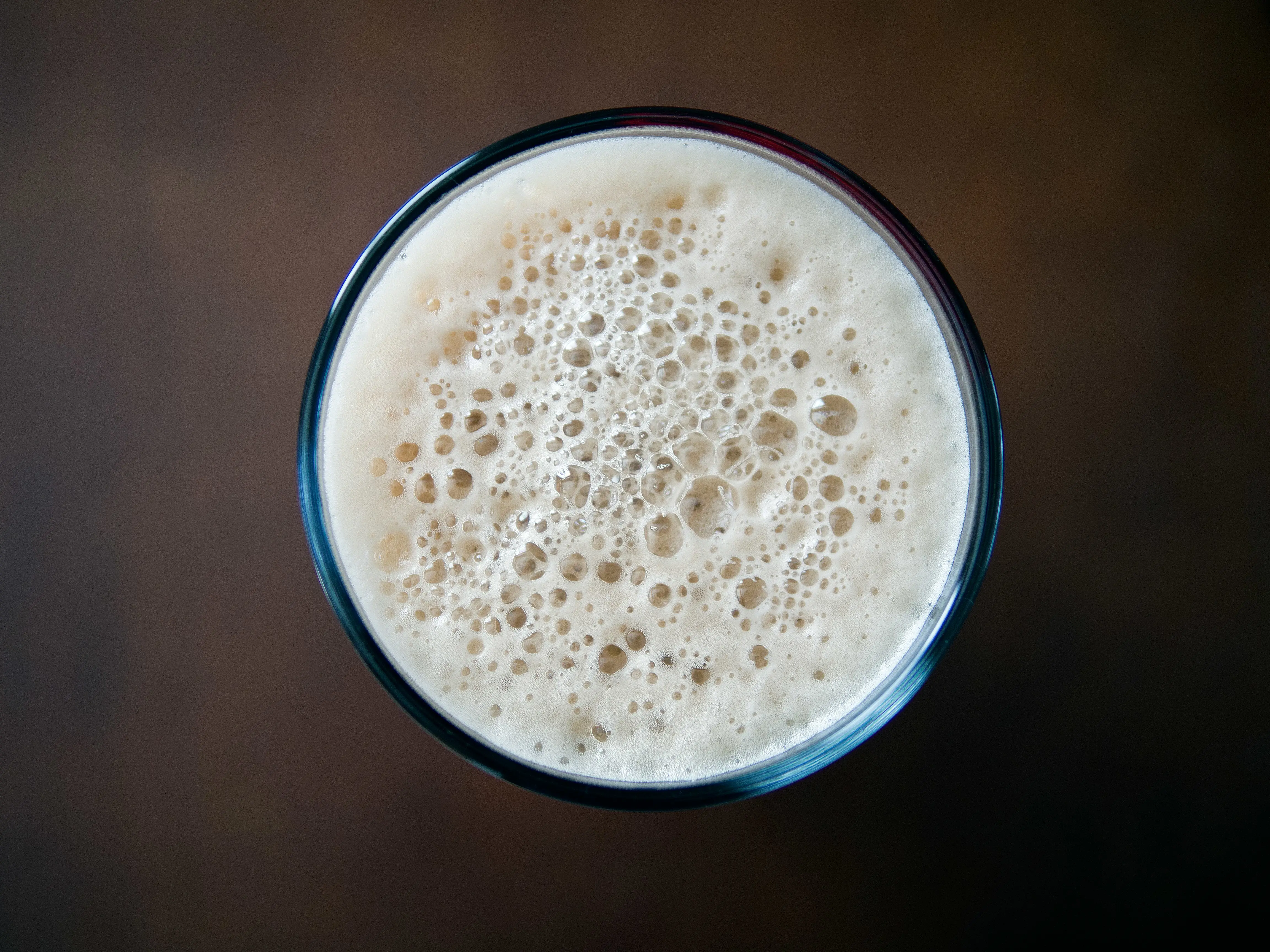Unraveling The Mysteries Of Beer Foam Stability

What makes beer foam stay stable? It turns out, the answer is more complex than previously thought. Researchers from ETH Zurich have discovered that the stability of beer foam is not just about protein layers on bubble surfaces. Instead, it depends significantly on the type of beer, with different beers showing unique foam dynamics.
Evidence from diverse beer types. In their experiments, the scientists found that lager beers rely heavily on surface viscoelasticity, which is influenced by the proteins present and their structural changes. More proteins mean a stiffer film around bubbles, leading to a more stable foam. On the other hand, Tripel beers depend on Marangoni stresses—forces from surface tension differences—to keep their foam intact. This is similar to how soap affects the spread of particles on water.
Why does this matter? Understanding beer foam stability can help brewers improve the quality of their products. As Jan Vermant from ETH Zurich points out, beer foam is a crucial part of the drinking experience, especially in cultures that value the 'head' of the beer. The research also has implications beyond brewing. For example, controlling foam stability is important in industries like electric vehicles, where foaming lubricants can pose risks.
What are the limitations? Despite these insights, there are still unknowns. The role of specific proteins, like lipid transfer protein 1 (LTP1), is crucial but not fully understood. Moreover, manipulating multiple factors can sometimes lead to instability, suggesting a careful approach is necessary. Vermant emphasizes that focusing on one mechanism at a time is the key to success.
Future applications. The study's findings extend to technological and environmental fields as well. Researchers are exploring sustainable surfactants and utilizing protein-stabilized foams in various applications. The ongoing collaborations and projects at ETH Zurich show that what we learn from beer can have far-reaching effects.